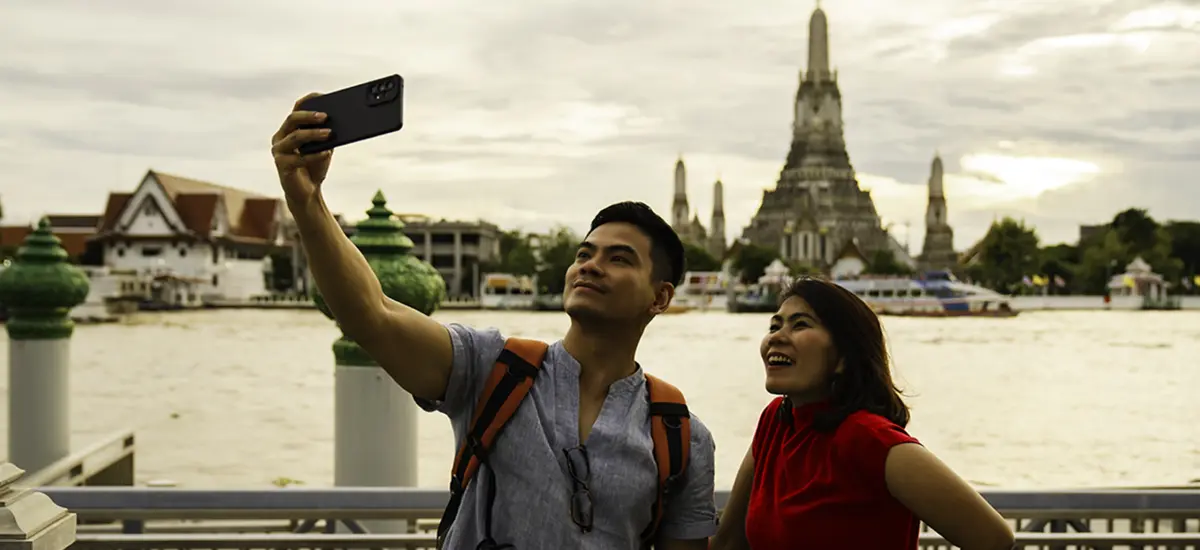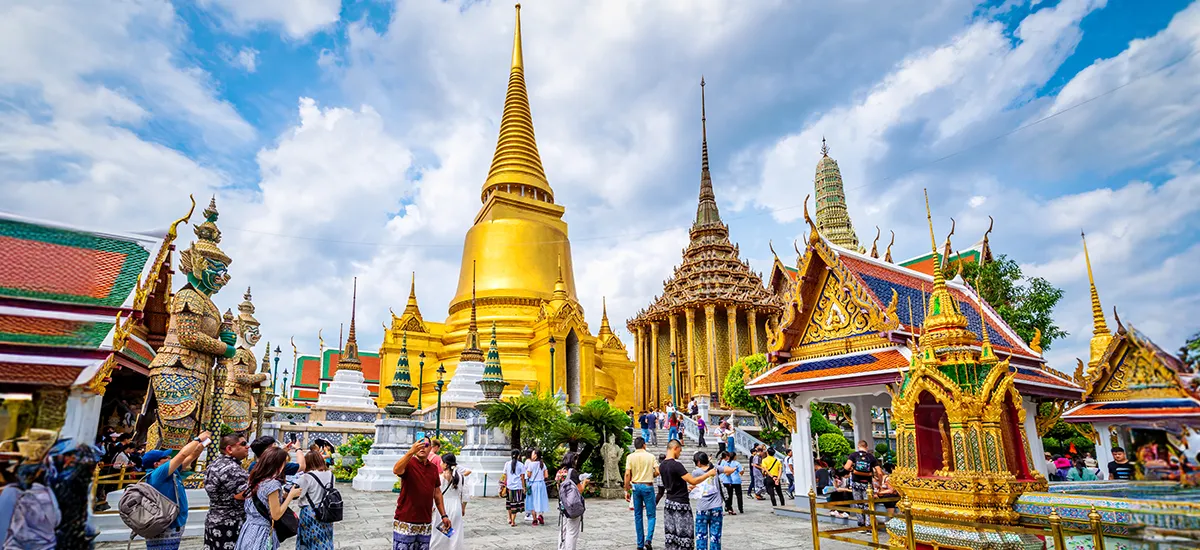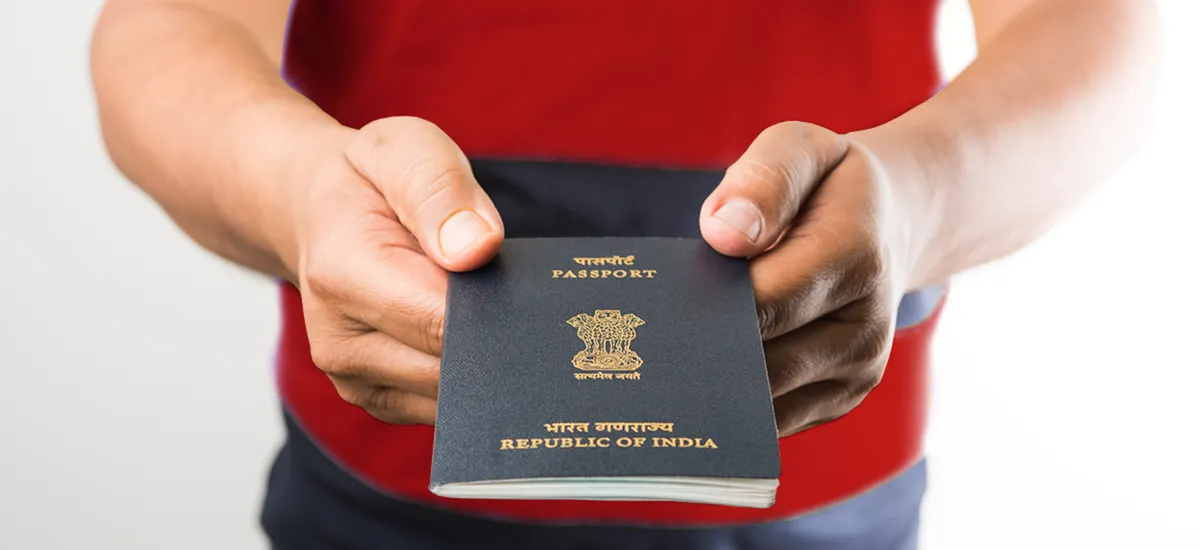Places to visit in Rameshwaram
There are many places to visit in Rameshwaram, rich in history, religion, and natural attractions. Whether you're looking for a beachy getaway, religious retreat, or historical vacation, Rameshwaram has something for everyone. Here are some must-visit Rameshwaram tourist places that must be on your list when visiting this beautiful island town:
1. Ramanthaswamy Temple
The Arulmigu Ramanathaswamy Temple is one of the most significant temples in Rameshwaram. It is dedicated to Lord Shiva and is one of the twelve Jyotirlingas in India. It is believed that Lord Rama prayed to Lord Shiva here to seek forgiveness for the sin of killing Ravana, a Brahmin. The temple houses two Jyotirlingas, one made by Goddess Sita and the other brought by Lord Hanuman from the Himalayas.
Timing
The Rameshwaram temple is open daily from 5:00 AM to 1:00 PM and from 3:00 PM to 9:00 PM.
Pooja and Entry Fee
While entry to Shree Rameshwaram Jyotirlinga Shiva Temple is free, there may be nominal charges for specific poojas and rituals. There's a fee of Rs. 25 for a still camera. You can also make donations for special services and offerings.
Tips and Etiquettes for Pilgrims
- Dress modestly - dhotis or traditional attire for men and sarees or salwar kameez for women.
- Follow the temple rituals and maintain silence during poojas and prayers.
- Beprepared to stand in queues, especially during peak hours and festivals. Follow the queue system and be patient.
2. Kothandaramaswamy Temple
The Kothandaramaswamy Temple is dedicated to Lord Rama and is situated in the Dhanushkodi area of Rameshwaram. It is believed that this is the place where Ravana’s younger broether Vibhishana asked Lord Rama for refugee after leaving Lanka. Hence, Vibhishana is also worshipped at the Kothandaramaswamy Temple.
Timing
The Kothandaramaswamy Temple is open daily from 6:00 AM to 12:00 PM and from 4:00 PM to 8:00 PM. Devotees can visit the temple during these hours to offer prayers and seek blessings
Pooja and Entry Fee
The Kothandaramaswamy Temple offers regular poojas and rituals for devotees. While there is no specific entry fee to visit the temple, you can make donations to support the maintenance and upkeep of the temple premises.Tips and Etiquettes for Pilgrims
Tips and Etiquettes for Pilgrims
- Similar to other temples, you are expected to dress modestly. Men should wear traditional attire like dhotis or mundus, while women should opt for sarees or salwar kameez.
- Remove your footwear before entering the temple complex as a sign of respect.
- Maintain silence and reverence inside the temple premises, especially during poojas and prayers.
- Respect the rules regarding photography within the temple. In many cases, photography may be prohibited, especially in the inner complex.
3. Dhanushkodi Beach
Dhanushkodi Beach point is located at the southern tip of Rameshwaram. It is a serene and picturesque spot that marks the meeting point of the Bay of Bengal and the Indian Ocean. Rameshwaram Dhanushkodi beach is known for its crystal-clear waters, pristine sands, and stunning views. The ghost town of Dhanushkodi further adds a touch of mystery and charm to the area. You can explore the remnants of the old town, including the church, railway station, and other structures.
4. Pamban Bridge
Pamban Bridge is an engineering marvel that connects Rameshwaram Island to the Indian mainland. This iconic bridge, stretching over 2.2 kilometers, was opened in 1914 and is India's first sea bridge. It comprises a rail bridge and a parallel road bridge. Travelling across Pamban Bridge offers stunning views of the turquoise waters and the surrounding landscape, making it a popular attraction for tourists. You can also stop to capture photographs and enjoy the cool sea breeze.
5. Adam's Bridge (Rama's Bridge)
Adam's Bridge, also known as Rama's Bridge or Ram Setu Bridge, is a chain of natural limestone shoals connecting Rameshwaram in India to Mannar Island in Sri Lanka. According to Hindu mythology, this bridge was built by Lord Rama and his army of monkeys to rescue his wife, Sita, from the demon king Ravana. Adam's Bridge bridge stretches over 30 kilometers and is visible from satellite images. It holds great religious and historical significance, attracting pilgrims and tourists who wish to witness this ancient marvel. It is a must-visit Rameshwaram tourist place for those exploring Rameshwaram's rich heritage.
6. Agni Theertham
Agni Theertham is one of the most sacred bathing spots in Rameshwaram, located on the eastern coast near the Ramanathaswamy Temple. It is believed that taking a dip in its holy waters cleanses one of the sins and purifies the soul. According to mythology, Lord Rama performed rituals here to absolve himself of the sin of killing Ravana. Pilgrims from all over India come to Agni Theertham to perform ancestral rites and prayers. The serene and spiritual ambience, coupled with the stunning view of the Bay of Bengal, makes Agni Theertham a must-visit place in Rameshwaram.
7. Five-Faced Hanuman Temple
The Five-Faced Hanuman Temple is a unique shrine in Rameshwaram, dedicated to Lord Hanuman. It is famous for its idol of Hanuman, which displays five faces, each representing a different aspect of the deity. These faces are Hanuman, Narasimha, Garuda, Varaha, and Hayagriva. It is believed that Lord Hanuman revealed his five-faced form here to destroy the demon Mahiravana and rescue Lord Rama and Lakshmana. Inside the temple, you can also see floating stone artefacts, which are said to have been used in the construction of the Ram Setu Bridge (Adam’s Bridge).
8. Gandhamadhana Parvatham
Gandhamadhana Parvatham is a significant pilgrimage site where Lord Rama left his footprints on a Chakra (wheel) imprinted on a rock. Situated atop a small hill, it offers panoramic views of the surrounding landscapes and the pristine waters of the Bay of Bengal. You can climb the hill to witness breathtaking sunrises and sunsets. Gandhamadhana Parvatham is easily accessible by road, and a short climb to the hill will reward you with spectacular views and a sense of tranquillity.
9. Gandhamadhana Parvatham
Villoondi Tirtham is a sacred temple tank located around 7 km from Ramanathaswamy Temple. It is believed to have been created by Lord Rama by shooting an arrow to bring fresh water for his wife Sita. The name "Villoondi" translates to "buried bow" in Tamil, referring to the belief that Lord Rama buried his bow here. A long platform leads to the holy well, providing a breathtaking view of the sea on both sides. Despite being surrounded by saltwater, the well's water is mysteriously sweet, believed to be auspicious by devotees.
10. Sea World Aquarium Rameshwaram
If you're a marine enthusiast or travelling with kids, Sea World Aquarium is an exciting place to visit in Rameshwaram. Situated in the heart of the town, it showcases a diverse array of marine life native to the waters surrounding Rameshwaram. From a wide variety of colourful fish and exotic marine creatures to vibrant coral reefs, the aquarium allows you to observe these fascinating underwater species up close in their natural habitats. Sea World Aquarium Rameshwaram comes with interactive displays, engaging exhibits, and mesmerizing marine life, offering a fun and educational experience for visitors of all ages.
11. Ariyaman Beach
Nestled along the Gulf of Mannar, Ariyaman Beach is adorned with golden sands and lively waves. Located just 21 km from the historic town of Rameswaram, this beach offers a tranquil environment while offering a host of exciting activities. At Ariyaman Beach, you can engage in various beach activities, from leisurely strolls along the shore to thrilling water sports adventures.
12. Lakshmana Theertham
Lakshmana Theertham is a sacred place to visit in Rameswaram. Nestled beside the temple dedicated to Lord Lakshmana, it is beautifully made with carved pillars showing stories from the Ramayana. Inside the temple, there are statues of Lord Rama, Lord Lakshmana, and Goddess Sita. Lakshmana Theertham also houses a pond with water on all sides and a platform in the middle. You can go down the stairs from the platform to take a bath in the sacred water. It is believed that Lord Lakshmana prayed to Lord Shiva here after taking a bath in this pond.



























